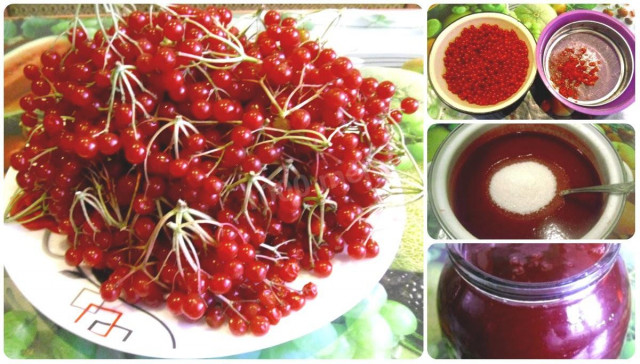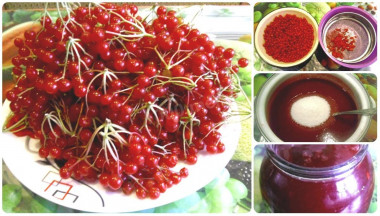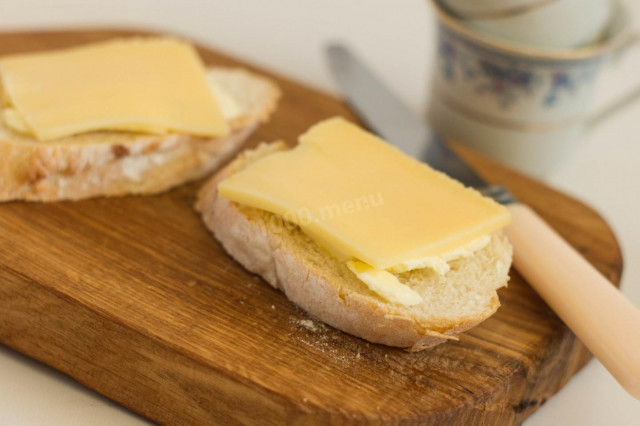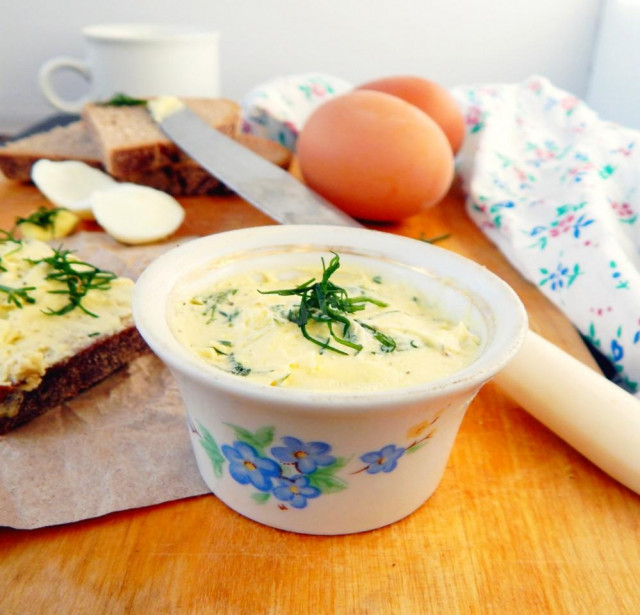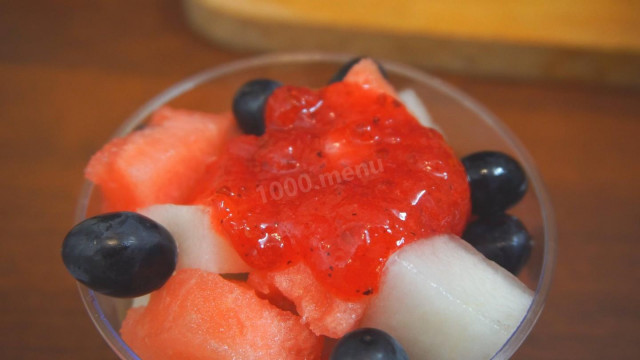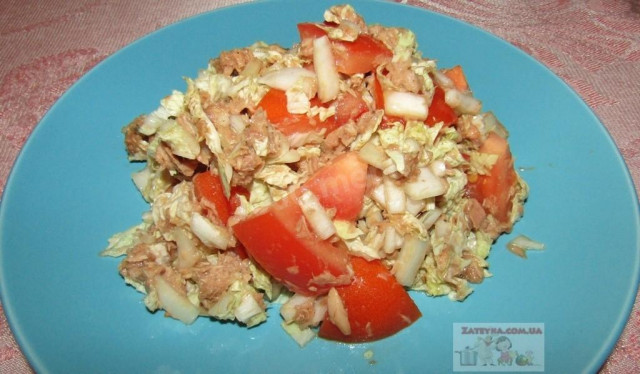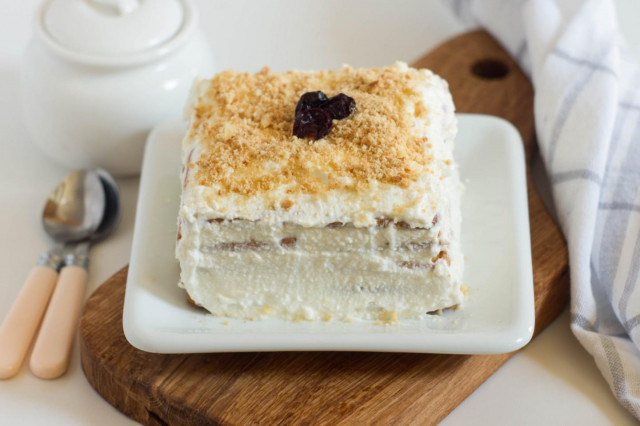Composition / ingredients
Step-by-step cooking
Step 1:
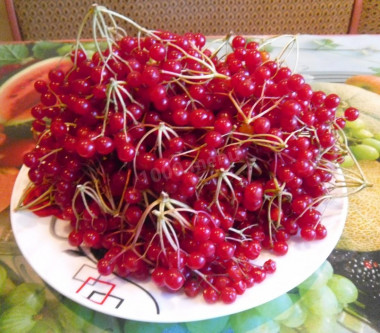
Viburnum berries are very useful, although they have a specific taste. Viburnum has long been used as a medicinal plant. The first information about its healing power dates back to the XVI century. Even then it was noticed that berries improve the work of the heart, have a restorative, astringent and diuretic effect. Viburnum was especially often used as a hemostatic and wound healing agent — crushed bark or crushed viburnum berries were applied to the wounds.
Step 2:
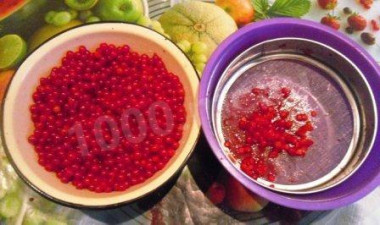
Viburnum needs to be thoroughly washed, separated from the twigs and sorted, removing the spoiled berries. Put the clean berry in a colander or sieve and wipe with a wooden spoon or use a blender that does not crush the bones and turns the viburnum into a puree. In the sieve, you should have only bones and skins left. If you rub the viburnum with your hands, in order not to smear the whole kitchen, I put a bag on top of the sieve, put my hand in there and rub everything in it.
Step 3:
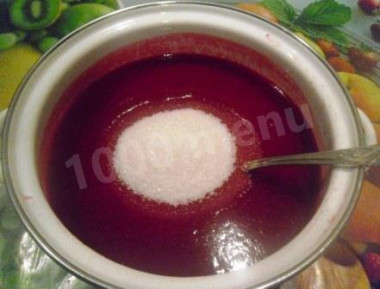
Put all the sugar (usually 1:1) into the resulting puree, mix and leave overnight so that the sugar completely dissolves. Put the finished puree into jars, close the lids and store the viburnum in the refrigerator. Viburnum is well suited for combining with fruits such as black currants and apples.
Step 4:
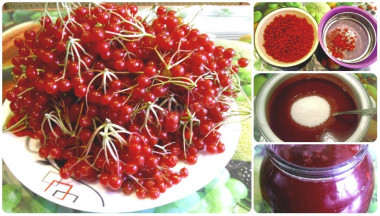
In winter, you can make a delicious drink from it by adding the billet to the water. You can use viburnum as jam or for serving pancakes, cheesecakes, fritters, casseroles.
Caloric content of the products possible in the composition of the dish
- Honey - 400 kcal/100g
- Kalina - 26 kcal/100g
- Granulated sugar - 398 kcal/100g
- Sugar - 398 kcal/100g

